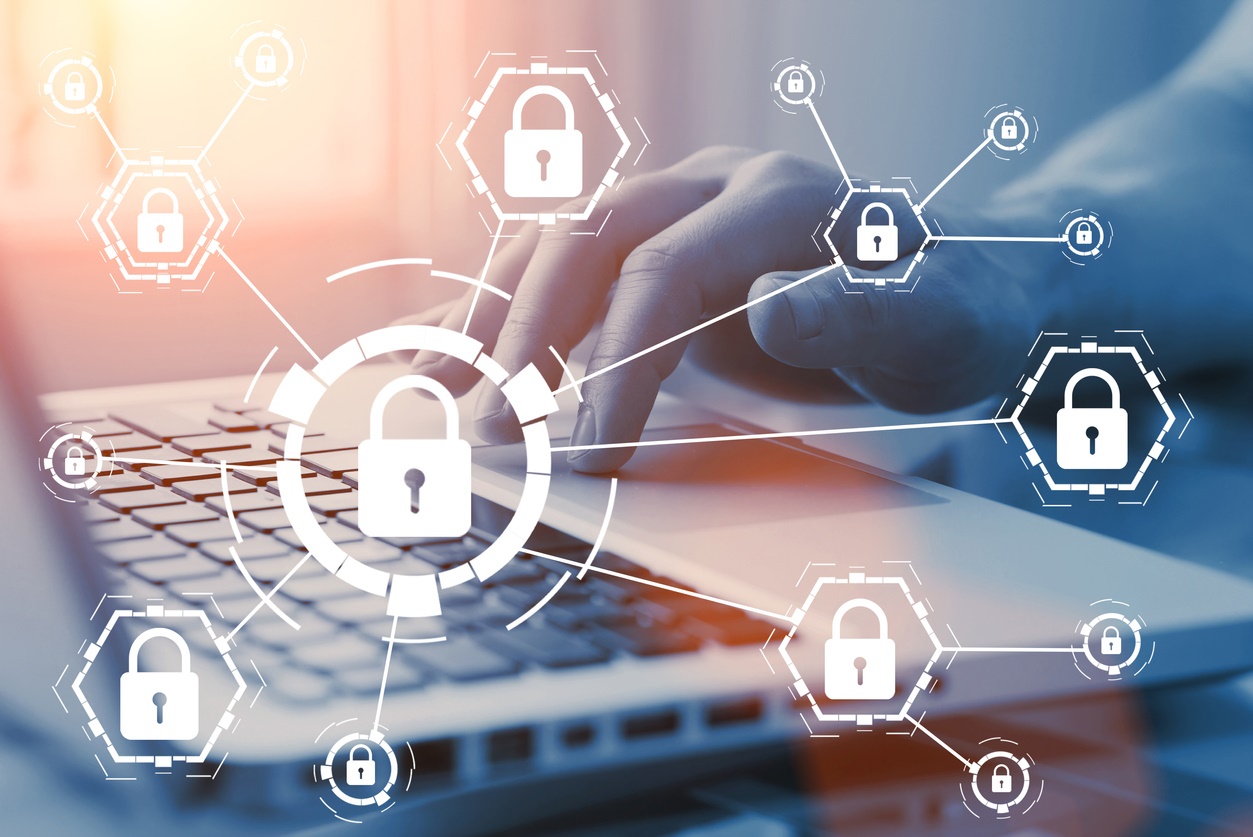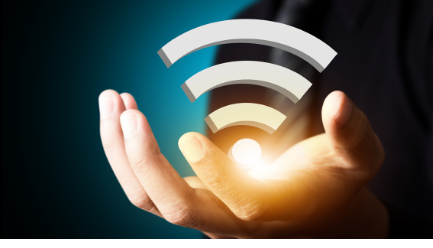Bienvenido a RUCKUS Networks, parte de la cartera líder mundial de soluciones de redes de CommScope. Más información.
A memorandum landed in the inboxes of senior Pentagon leaders last year, urging recipients to plan for emergencies that knock out critical communications and to develop capabilities for quickly deploying temporary comms channels.
The memo, from the Deputy Secretary of Defense, focused on software modernization, yet it considered the aftermath of a natural disaster that devastates critical infrastructure along the coast of an allied nation, threatening U.S. assets.
The Deputy Secretary envisioned a rapid response by the Defense Department, including deployment of units to the region by land and sea. In this scenario, software-enabled automation would shift cloud resources to the affected area and emergency personnel would deploy a temporary, collaborative communications environment equipped with enterprise security, compliance protocols, and credentialing capabilities. In the immediate aftermath of the disaster, emergency teams would quickly regain the ability to securely share data and collaborate with colleagues across multiple units.
This scenario underscores the importance of emergency workers, civilian and military, being equipped to quickly restore communications in a disaster, whether caused by hurricane, earthquake, tidal wave, bombing or any event that disables critical infrastructure. The author of the Pentagon memo illustrates the dire consequences of losing critical communications and the urgency of rapid restoration.
The message is clear. The government should prepare to ensure continuity of communications following natural disasters and other emergencies. When lives are at stake, every second counts. The likelihood of disasters, including unpredictable extreme weather events, is increasing, and concerns about public safety are on the rise. The ability to connect anywhere, anytime is woven into our everyday lives, but nowhere is connectivity more important than in an emergency. Federal and military agencies should make and refine plans to rapidly erect temporary communications in an emergency.
Disaster Planning
On September 28, 2022, Hurricane Ian slammed into Sanibel Island, off the southwest coast of Florida. Within a matter of hours, the category 4 hurricane had devastated the barrier island, flattening one in 10 buildings and destroying the bridge that connected Sanibel to the mainland. When the single transportation connection to the island went down, so did network connectivity that relied on the bridge. Residents who hadn’t evacuated were left without food, water, electricity and the means to call for help. They were cut off.
The primary objective of first responders in this or any emergency scenario is to quickly establish communications capabilities needed to coordinate disaster relief. One solution is the extension of FirstNet the communications network used by first responders, to provide access to emergency personnel while also extending internet access to the island. In a disaster, residents are eager to communicate with loved ones and to determine what happens next. Timely restoration of communications capabilities is a function of prior preparation and execution of plans.
Options include the convergence of public 5G cellular provided by carriers and private cellular access through the same transport medium or access points. There may be the option of tying in 802.11 W-Fi® networks if there has been adequate advance planning. FEMA, coordinating with county and local emergency relief offices, should have plans in place including the pre-positioning of networking components that make it easier to provide communications support when first responders arrive.
Deploying wireless connectivity to buildings in a way that enables expansion of the network to other areas or buildings is the kind of disaster planning that pays off when trouble hits. As a partner with AT&T's FirstNet, RUCKUS Commscope has familiarity with communications tools used in advance of and during a disaster.
In an emergency, having access to onsite mobile networking platforms can be critical, whether based on Citizens Broadband Radio Service (CBRS) technology, 802.11-based Wi-Fi, or in partnership to provide access for private LTE, 5G networks, small cellular solutions, or working with carriers to extend service through an existing 5G network. The latter could be containerized or delivered through RUCKUS CommScope’s ONECELL® technology to expand indoor wireless potential for LTE and 5G.
The Mobile Difference
Another option for restoring communications in a disaster zone is an easily deployable mobile communications platform—a solution in a box on wheels. RUCKUS CommScope developed its mobile communications platform on a trailer frame outfitted with a generator, a telescoping pole for raising antenna masts, outdoor-based access points, and enough communications technology to support temporary wireless connectivity in the worst-hit areas.
In an emergency, operators raise the antennas and, using onboard resources, attach to a connection locally or a satellite uplink. A mobile platform has a multitude of capabilities that enable communications support. In addition to disaster relief, mobile platforms are valuable assets to deploy in advance of operations, such as for setting up other types of facilities.
Every emergency is different. A disaster that spares communications towers and the big carrier networks could nonetheless deprive residential neighborhoods of connectivity. Sending in a deployable unit to provide community-based outdoor Wi-Fi would provide connection to people eager to get online. Emergency workers could plug the mobile unit into a satellite uplink or potentially into the carrier's network.
Similarly, a Wi-Fi network operated by a public school would quickly become overwhelmed by hundreds of storm victims taking shelter in the school’s gym, but setting up a portable or small cellular network—such as RUCKUS CommScope’s ONECELL indoor or Metro Cell outdoor small cell solution would provide desperately-needed access to people who otherwise couldn’t get connected.
While RUCKUS CommScope, solutions provide a number of flexible options to restore communications in an emergency, there are others as well. Still, the most important takeaway is that, no matter what system an organization intends to deploy, the important thing is to have those solutions and systems in place before an incident occurs.
Want to learn more? Read this informational disaster recovery blog or visit our Federal solutions page for more information














